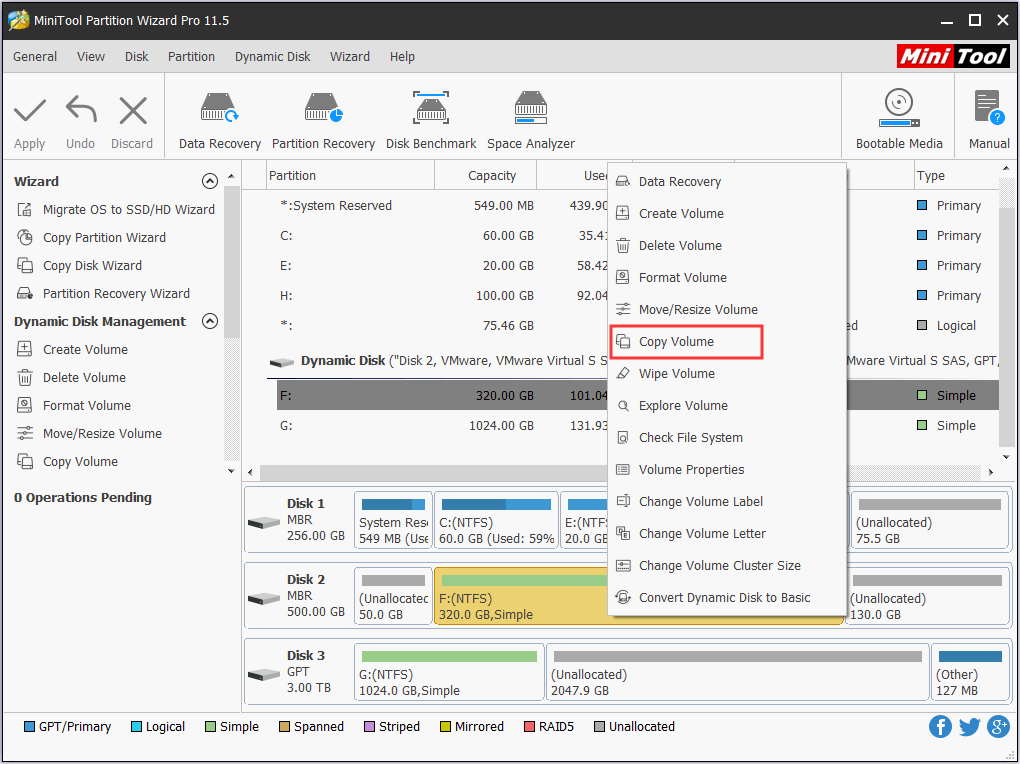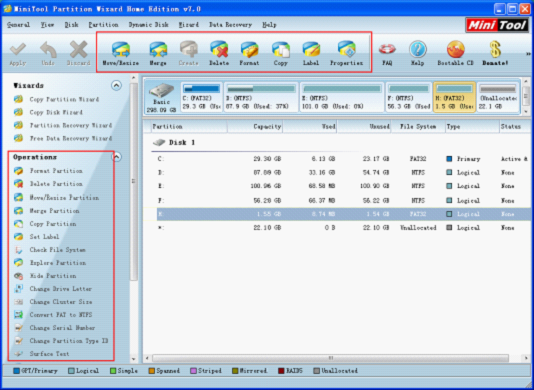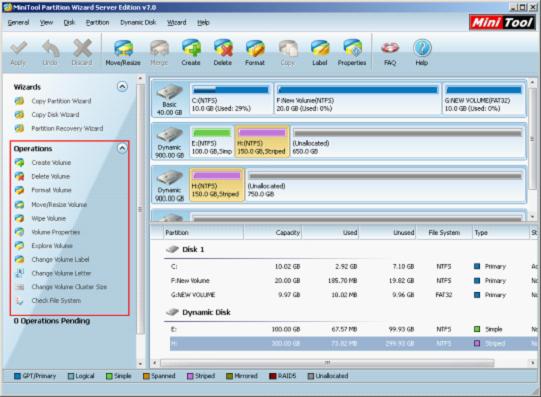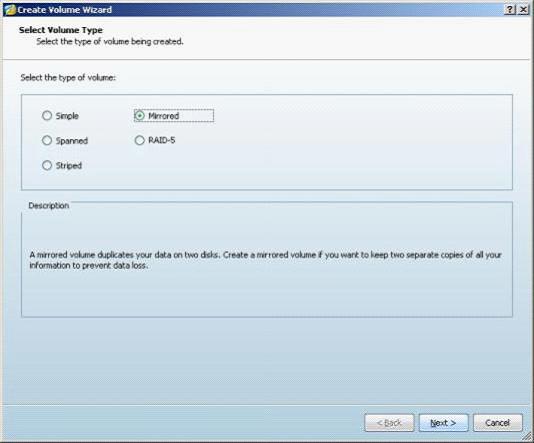

Use the following command to remove external fragmentation: sudo pvmove -alloc anywhere /dev/sda5:yyy-www dev/sda5 ubuntu lvm2 a- 698.04g 150g zzz ttt swap 0 linear /dev/sda5:yyy-www
Volume manager partition magic free#
dev/sda5 ubuntu lvm2 a- 698.04g 150g xxx sss 0 free This will show the output like: /dev/sda5 ubuntu lvm2 a- 698.04g 150g 0 xxx root 0 linear /dev/sda:0-rrr So, initially, you need to check physical volumes' information using the command below: sudo pvs -v -segments /dev/sda5 That means after root and swap_1 partition. Then, you have to rearrange the unallocated space at the end of the LVM. If the second command produces something like this: /dev/sda5: cannot resize to xxxxx extents as later ones are allocated. Sudo pvresize -setphysicalvolumesize /dev/sda5

These are all the steps required to resize a LVM or LVM2 partition: sudo lvresize -verbose -resizefs -L -150G /dev/mapper/ubuntu Sometimes, it wants you to unmount the partition that already mounted on / (in this case, you cannot unmount it). Note: You should run almost all of the following commands using a Live CD.
Volume manager partition magic how to#
See How to shrink Ubuntu LVM logical and physical volumes? for help on that situation. Note: vgreduce will fail with cannot resize to xxxxx extents as later ones are allocated if you have another lv at the end of the disk - I had a swap lv, which I deleted. (optional) Remove a physical drive from the volume group if desired (if you now have an unused drive). (Note lvreduce parameter -L interprets G as 2^30 bytes and g as 10^9 bytes.) sudo lvreduce -resizefs -L 9G /dev/vg_blah/lv_blah Doing this in one step can avoid mistakes which cause dataloss. Resize the file system and the logical volume. sudo umount /dev/vg_blah/lv_blahĬheck the file system. This forum thread suggests the following procedure, in this example we shrink a partition from 10G to 9G:įirst, we unmount. Always assume that you can lose all your data when resizing partitions. It is present on each partition and contains the elements necessary for its utilization.Back up all your important data before attempting this. The size of the super block table is defined at creation. It contains the program that starts and initializes the system and is therefore only filled in for the boot partition. The boot block occupies the first block on the disk and is present on all partitions. The only exception is the swap partition. LVM is available under Linux from kernel version 2.4. The disadvantage is that if one of the physical volumes becomes out of order, then all the logical volumes that use this physical volume are lost. Volume management creates an abstract layer on top of physical storage, offering advantages over using physical storage directly:

Partitioning will allow the installation of several operating systems because it is impossible to have several of them cohabit on the same logical drive. The different types of files offered and how to work with them How the tree structure is organized in Linux Provide users with a filesystem and manage the access rights. Use LVM for a better use of disk resources Objectives : In this chapter, future Linux administrators will learn how to: In this chapter you will learn how to work with filesystems. Host-based Intrustion Detection System (HIDS)īash - Conditional structures if and case

Building and Installing Custom Linux KernelsĪutomatic Template Creation - Packer - Ansible - VMware vSphere


 0 kommentar(er)
0 kommentar(er)
